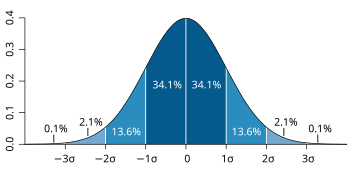HotSoup wrote:Does he mention anywhere that these requirements are just a baseline and when the connected body moves, everything is starting to turn and twist? Just can’s stop being amazed how a lot of YCF’s followers take a static posture based on these points and then move like a piece of lumber

Exactly!
What too many seem to not recognize is that "The Classics" are not a detailed how-to instructional manual. At best, they are individual's attempts to, as best they can, put into words aspects of an experiential art that can't be expressed adequately in words. The challenge with trying to put into words things that are experiential is that the words are inadequate and can often be interpreted in many ways, at least some of which are a misinterpretation of the author's intended meaning. That is why the primary learning needs to be hands-on from a skilled practitioner who can allow the student to put his hands on the teacher to feel what the teacher is doing and the teacher can provide hands-on corrections to the student with or without words to accompany those corrections. The posture, itself, matters. The correction, itself, matters. The abstract words don't really matter. The map is not the terrain.
While it can be helpful to try to interpret what the authors of the Classics meant, it isn't an effective means of instruction. The writings are far too vague, too easily misinterpreted and probably were never intended to be how-to instructional material.
What often seems to happen with those reading The Classics is that people read individual lines of the Classics without taking them into the context of the rest of what is written. For example, The Classics go into some detail about the necessity of being able to change, to differentiate yin from yang, to differentiate empty from full, to not be double-weighted, when one part moves, all parts move, etc. The Classics don't explicitly state that the parts of the body are continually changing/moving, but it is easily inferred if one reads them as a whole. That is the antithesis of many people's interpretation and one should not move with, for example, a continual "Tuck in the anus", nor "The tailbone is centred" in a static position throughout movement or having the chest sunk/hollow/empty in a static position during movement. Interpreting individual statements in the context of the whole matters.



